Photography 8
Bill Hackwell’s Photography

Bill Hackwell and Anti-Police Brutality Art
Bill Hackwell records what’s happening on Facebook and Flickr in downtown Oakland, where young artists are portraying on the area’s corporate buildings this creative art that has emerged from violence, oppression and the struggle for a new world with equality, justice and without systematic racism
 Posted: Saturday 04 July 2020 | 08:55:36 pm.
Posted: Saturday 04 July 2020 | 08:55:36 pm.
By Juana Carrasco Martin
juana@juventudrebelde.cu
Translated and edited by Walter Lippmann for CubaNews.

Bill Hackwell Mural Author: Bill Hackwell Posted: 04/07/2020 | 08:30 pm
The camera’s trigger documents, once again, a battle for justice. Bill Hackwell is posting on Facebook and Flickr what is happening in downtown Oakland, which he says is “being transformed by art opposed to police brutality..
“These images are just a fraction of the extraordinary uplifting paintings of various young artists along Broadway to Grand and many side streets. Corporate buildings are now adorned with this creative art, which has emerged from violence, oppression and the struggle for a new world with equality, justice and no systematic racism.
He fears, he tells us through the chat, that they will soon fade away, because they are being painted on the panels that cover windows, doors and windows in the California city as an expression of repudiation of a systemic and structural racism in American society. When they reopen those businesses, the owners will probably make them disappear…
An exceptional friend of Cuba, Bill is known for his photos, for the social documentation not only of his country, the United States, but also of Cuba, Venezuela, Argentina, Chiapas, Iraq and other countries. A member of the International Committee for the Freedom of the Five, together with his companion in struggle and life, Alicia Jrapko, he has made a fundamental, arduous, tireless and tenacious contribution to solidarity with our country that has earned him the recognition of the Friendship Medal, and above all, the gratitude of our people.


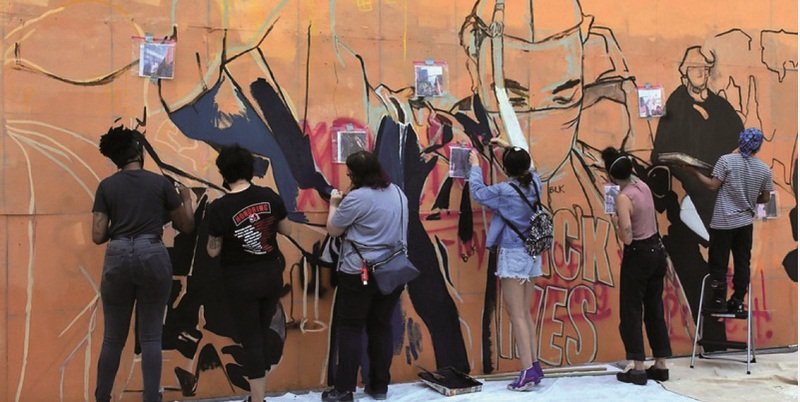
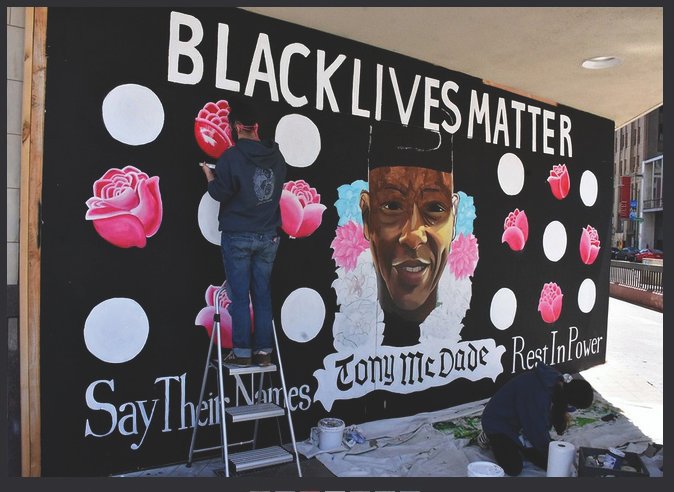
Murals in Oakland, California. Photos: Bill Hackwell
Tina Modotti, 20th Century Photographer

Tina Modotti was one of the most important photographers of the 20th century
By Hortensia Hernández
Friday, January 5, 2018
Translated and edited by Walter Lippmann for CubaNews

Considered one of the most important photographers of the 20th century, Tina Modotti (Udine, Italy; August 17, 1896 – Mexico City, Mexico January 5, 1942) was a communist militant and worked for the party in Mexico, the Soviet Union, Spain, Germany and Italy. Self-taught, she spoke four languages and learned the photograph trade from the famous photographer Edward Weston.
She was a woman with a short but intense life who surely went much further than she could have imagined when she was going through a childhood full of hardships, in Udine, northern Italy. She had to work from the age of 12 as a textile factory worker to help her mother provide for herself and her siblings while waiting to raise money to catch up with her father and older sister, who had migrated to the United States city of Los Angeles

In North America, Modotti worked as a dressmaker and, in her spare time, performed within an amateur theater group. She got some roles in Hollywood silent films, an activity that could not last after the arrival of the sound cinema, which would reveal her bad English and strong Italian accent.
When she was very young, she married a poet and painter, but she soon became a widow. This brought her closer to the artistic world and it was there that she met the photographer Edward Weston. With him she first worked as a model and then as an assistant, learning how to handle the camera and the developing process and taking her first steps as a photographer.
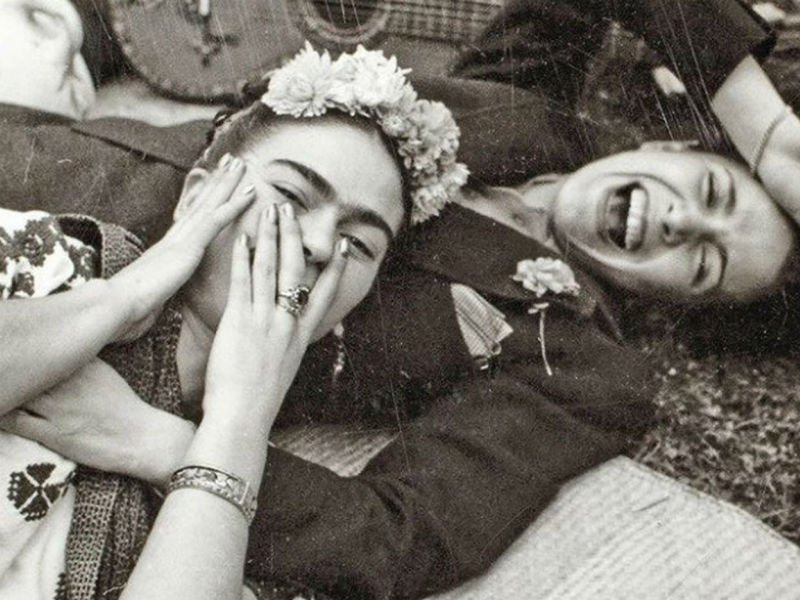
Modotti and Weston became a couple and moved to Mexico. There, through photography, which portrays a people in the midst of a revolutionary upheaval, they approach what would be their other great passion: politics.
Her love life united her with three successive communist leaders: Mexican Xavier Guerrero, who was Rivera’s assistant. They formed part of the revolutionary movement through the Mexican Union of Artists (UMA), made up of Diego himself, Manuel Álvarez Bravo, Charles Chaplin, David Alfaro Siqueiros, Frida Kahlo and others.
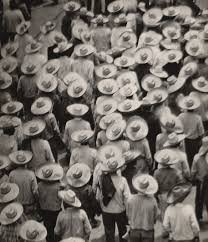
In 1928, she met Julio Antonio Mella, a member of the Cuban Communist Party, with whom she worked in the “Hands Off Nicaragua” committee, for the freedom of Antonio Gramsci, the Argentinean leader Rodolfo Ghioldi, and in the collection of signatures for the freedom of Nicolás Sacco and Bartolomeo Vanzzeti. Mella was murdered a year later and Modotti was expelled, accused of being an accomplice to the attempted assassination of Mexican President Pascual Ortiz Rubio.
Her third partner was the Italian Eneas Sormenti, with whom she became a member of the first Italian anti-fascist committee. They met in Mexico and met again in Moscow, where both were members of the Communist Party.

The Mexican writer Elena Poniatowska, in her biography of Modotti, entitled “Tinísima”, describes her as “a subject in search of a militant and documentary art, which tries to reconcile the aesthetic and political vanguard. A woman in search of identities through all kinds of instruments: the gaze, the word and the action”.
Tina died on 5 January 1942 of a heart attack while traveling in a taxi, although there is also the suspicion that she may have been murdered. On her tombstone in Mexico City’s cemetery is a verse dedicated to her by Pablo Neruda.

Assunta Adelaide Luigia Modotti, better known as Tina Modotti, at the age of 17 emigrated to the United States to catch up with her father and older sister, who already lived there. In 1921s she met Edward Weston and in 1922 she arrived in Mexico to bury her first husband Roubaix de L’Abrie Richey. In Mexico, she met and became close friends with Diego Rivera, David Alfaro Siqueiros, Blanca Luz Brum, Nahui Ollin, Maria Tereza Montoya and Frida Kahlo. she became a member of the Mexican Communist Party in 1927. She actively supported the struggle of Augusto Cesar Sandino and helped found the first Italian anti-fascist committee. In 1928 he met Julio Antonio Mella, a Cuban student leader, when the committee in support of the anarchists Sacco and Vanzetti was formed.

She was known for her controversial nude photos and for the particular look she reflected in the photographs she took of Mexico. She would later witness Mella’s murder. In 1930, she was falsely accused of conspiring to assassinate Pascual Ortiz Rubio, then president of Mexico, for which she was arrested. Thanks to Diego Rivera’s help, she was released but expelled from the country.
She arrived in Germany in the mid-1930s, traveled to the Soviet Union and met again with Vittorio Vidali, whom she had met in Mexico. She participated in the International Red Relief. In 1934 she left for Spain. During the Spanish Civil War, she enlisted in the Fifth Regiment and worked in the International Brigades, under the name of Maria until the end of the war. Margarita Nelken, in one of the several praises given to her activity, tells how she cared for the children who arrived in Almeria after the exodus from the town of Malaga which was harassed during the journey on foot by the bombing of the Franco forces.
 Figure 1. Tona Modotte at her exhibtion in the National University Library, 1929. Photo taken from Margaret Hooks, Tine Modotti, Photography and Revolutionary, London, Pandora, 1993)
Figure 1. Tona Modotte at her exhibtion in the National University Library, 1929. Photo taken from Margaret Hooks, Tine Modotti, Photography and Revolutionary, London, Pandora, 1993)
In 1939 she returned as an asylum seeker to Mexico, where she continued her political activity, through the Giuseppe Garibaldi Antifascist Alliance . In 1940, President Lazaro Cardenas canceed her expulsion. She died on January 5, 1942. In the book “Tina”, Pino Cacucci mentions a possible murder of Tina Modotti, which has always been a controversy since there was no autopsy.
Along with Weston, she was a mentor to Mexican photographer Manuel Alvarez Bravo. Mexican writer Elena Poniatowska wrote a biographical novel entitled “Tinísima”. Victor Hugo Rascon Banda wrote a play called “Tina Modotti”.
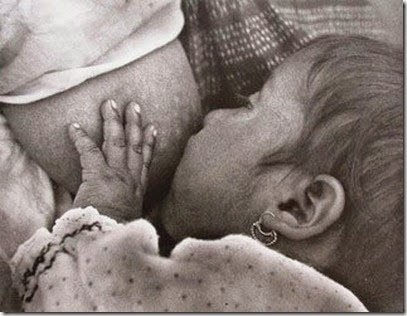 Modotti’s interest in her work was a reflection of her ideological commitment to the most vulnerable social groups. She worked as an editor and photographer for the magazine Mexican Folkways and the newspaper El Machete in 1924, and this work would lead her to be considered as a precursor of critical photojournalism in Mexico. Achieving an immediate identification with Mexico and its inhabitants that is reflected in her work.
Modotti’s interest in her work was a reflection of her ideological commitment to the most vulnerable social groups. She worked as an editor and photographer for the magazine Mexican Folkways and the newspaper El Machete in 1924, and this work would lead her to be considered as a precursor of critical photojournalism in Mexico. Achieving an immediate identification with Mexico and its inhabitants that is reflected in her work.

Her work was captured by artists such as Diego Rivera and José Clemente Orozco, who between the years 1927-1930 entrusted her with the task of photographing their works. This work represents]ed a certain historical value, which testifies to the realization of the works of these two Mexican muralists.
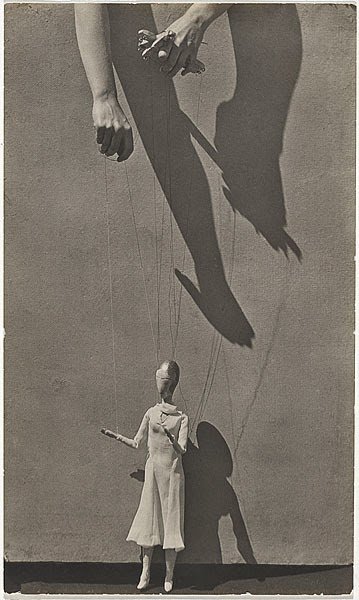 According to Manuel Álvarez Bravo, Tina Modotti had two periods: the romantic and the revolutionary. In the first, influenced by Weston, where she photographed flowers, objects and architectural details and the second emerged in Mexico, beginning her relationship with the Mexican muralist movement. She aimed to portray the work of these artists emphasizing details such as workers and indigenous people, in addition to her independent work, capturing images of indigenous and mestizo people and documenting the social struggle of the less privileged with great care in the composition and assembly of the scenes, but without poses or forced attitudes.
According to Manuel Álvarez Bravo, Tina Modotti had two periods: the romantic and the revolutionary. In the first, influenced by Weston, where she photographed flowers, objects and architectural details and the second emerged in Mexico, beginning her relationship with the Mexican muralist movement. She aimed to portray the work of these artists emphasizing details such as workers and indigenous people, in addition to her independent work, capturing images of indigenous and mestizo people and documenting the social struggle of the less privileged with great care in the composition and assembly of the scenes, but without poses or forced attitudes.
 There is a period of transition in which she produced some of her most memorable photos, such as the hands of a farmer holding a shovel or the hands of a washerwoman.
There is a period of transition in which she produced some of her most memorable photos, such as the hands of a farmer holding a shovel or the hands of a washerwoman.
The Kiss of Life

The Kiss of Life
Una foto, una historia
Published: Wednesday, August 15, 2018 | 10:16:54 AM
A CubaNews translation.
Edited by Walter Lippmann.

A young operator on U.S. national power lines brings his unconscious partner back to life with mouth-to-mouth resuscitation. Author: Taken from the Internet Published: 15/08/2018 | 10:10 am
On July 17, 1967, the American photographer Rocco Morabito (1920- 2009) was hunting images for the Jacksonville Journal, in the state of Florida, of which he was staff. After several hours without his lens catching anything important, he decided to return home. He was about to open the door of his car when a loud noise shook him.
He looked in the direction of the explosion and could not suppress a gesture of stupor. In fact, at the top of a pole, almost 15 meters from the ground, a young operator of the national electricity lines who was carrying out maintenance work was lying unconscious and hanging from his safety harness, after receiving in his body the colossal discharge of 4 000 volts.
Next to the victim, one of his companions was trying to revive him with mouth-to-mouth resuscitation. Rocco wasted no time, and after using his car radio to warn emergency services urgently, he photographed the unique rescue. The image is known worldwide as “The Kiss of Life”.
In 1968, this photograph was awarded the important Pulitzer Prize and was the recognition of a photographer who dedicated his career to street journalism. For years, the image served as an example in the training courses of electric companies, and even of the Red Cross. For Rocco Morabito, the only important thing was what he himself conveyed: “Someone helping someone”.
JR: Send Us Your Best May Day Selfie

Send Us Your Best May Day Selfie
Send us your best photo during the May Day activities
 By Leyanis Infante Curbelo
By Leyanis Infante Curbelo
leyanis@juventudrebelde.cu
 Maykel Espinosa Rodríguez
Maykel Espinosa Rodríguez
English Article Here
Translated and edited by Walter Lippmann for CubaNews.

Send us your best selfie during the May Day activities Author: José Raúl Concepción Published: 04/28/28/2018 | 09:51 pm
Next Tuesday will be a day of great movement throughout Cuba. It is May Day, when one of the country’s massive celebrations takes place and is joined by large sectors of the population. It’s International Workers’ Day.
Millions of workers, professionals and students will greed the sunrise, occupying their positions to participate in the traditional parade that is organized in every corner of the archipelago. It is a time to celebrate our conquests and to reaffirm our support for the continuation of the revolutionary process.
We invite you to share with us your experiences as part of this commemoration through the most personal of images: a selfie. The most original and successful will be published in the printed version of our journal.
You can send your images to our emails mirada@juventudrebelde.cu and lamiradadellector@gmail.com, or through our Facebook. Remember to attach your data, and the geographical location (country, city, municipality, neighborhood…) where the photo was taken.
So grab your camera or cell phone and meet me at the parade.
The Artist of the Family
El ojo que te ve [The Eye That Sees You]
The Artist of the Family
Juvenal Balan
 Hello, I am Juvenal Balán, Cuban photojournalist, who invites you to reflect on photography, photojournalism and the current issues that concern us in our daily lives. I would like this page to become a place of friendship and solidarity between those of us who, camera in hand, walk the world trying to immortalize an image that bears witness to our passage through life.
Hello, I am Juvenal Balán, Cuban photojournalist, who invites you to reflect on photography, photojournalism and the current issues that concern us in our daily lives. I would like this page to become a place of friendship and solidarity between those of us who, camera in hand, walk the world trying to immortalize an image that bears witness to our passage through life.
Translated and edited by Walter Lippmann for CubaNews

Ojo de Agua Company with the presentation of all its groups at the Mariana Grajales Theatre on October 10th.

Ojo de Agua Company with the presentation of all its groups at the Mariana Grajales Theatre on October 10th.

Ojo de Agua Company with the presentation of all its groups at the Mariana Grajales Theatre on October 10th.

Ojo de Agua Company with the presentation of all its groups at the Mariana Grajales Theatre on October 10th.

Ojo de Agua Company with the presentation of all its groups at the Mariana Grajales Theatre on October 10th.
Travel Photography

Travel Photography, More than Postcards
Our first challenge of 2018 addresses a theme that has gained so much prominence that it has become a genre within photography.
By Leyanis Infante Curbelo leyanis@juventudrebelde.cu
and Maykel Espinosa Rodríguez digital@juventudrebelde.cu
Published: Wednesday 14 February 2018 | 06:21:23 PM
Updated: Thursday 15 February 2018 | 12:12:12:40 PM
Translated and edited for CubaNews by Walter Lippmann.

Eastern Cuba. Author: Roberto Suárez Published: 09/10/2017 | 10:10 a
Hello photographer:
With the proposal that we bring you to inaugurate 2018, it is almost impossible that you won’t feel identified. In fact, most of our readers, whether or not they love photography, will feel they have something to say or show for it.
We are referring to travel photography, which with the rise of cyber platforms, and the amplification and cheapening of access to equipment capable of taking photos, is one of the themes that has been most developed and popularized worldwide: travel photography.
It is no longer just professional photographers who display their impeccable graphic memories of the places they have visited. Increasingly, from social networks and blogs people share their experiences in other latitudes, offer advice, suggest itineraries… and show their images. Some even live make a living from it.
So much so that travel photography has begun to be recognized as a [distinct] genre and enough literature has already been written about it.
Usually, we all take images of the places we visit, with the intention of remembering them later and to enlarge our personal graphic memory. But what kind of images do we make, of what objects or subjects we photograph and above all, why.
It’s not just a postcard.
For some authors, travel photography is just one facet of photojournalism, another way to tell stories. And the fact is that, although it is not wrong to want to immortalize in our images in a kind of postcard of what we have seen, there are many other ways to face a tourist visit.
It is clear that there are essential photos. For example, if you visit the Valley of Viñales, you will not fail to take a panoramic photo from the Hotel Los Jazmines, nor from the paradisiacal beaches of Varadero. But you will make a difference when you also begin to tell stories, when you imbue your images with the feeling of the place you visit, portraying its inhabitants in their surroundings, detail traditions, gastronomic culture… and everything that grabs your attention (animals, streets, doors, trees).

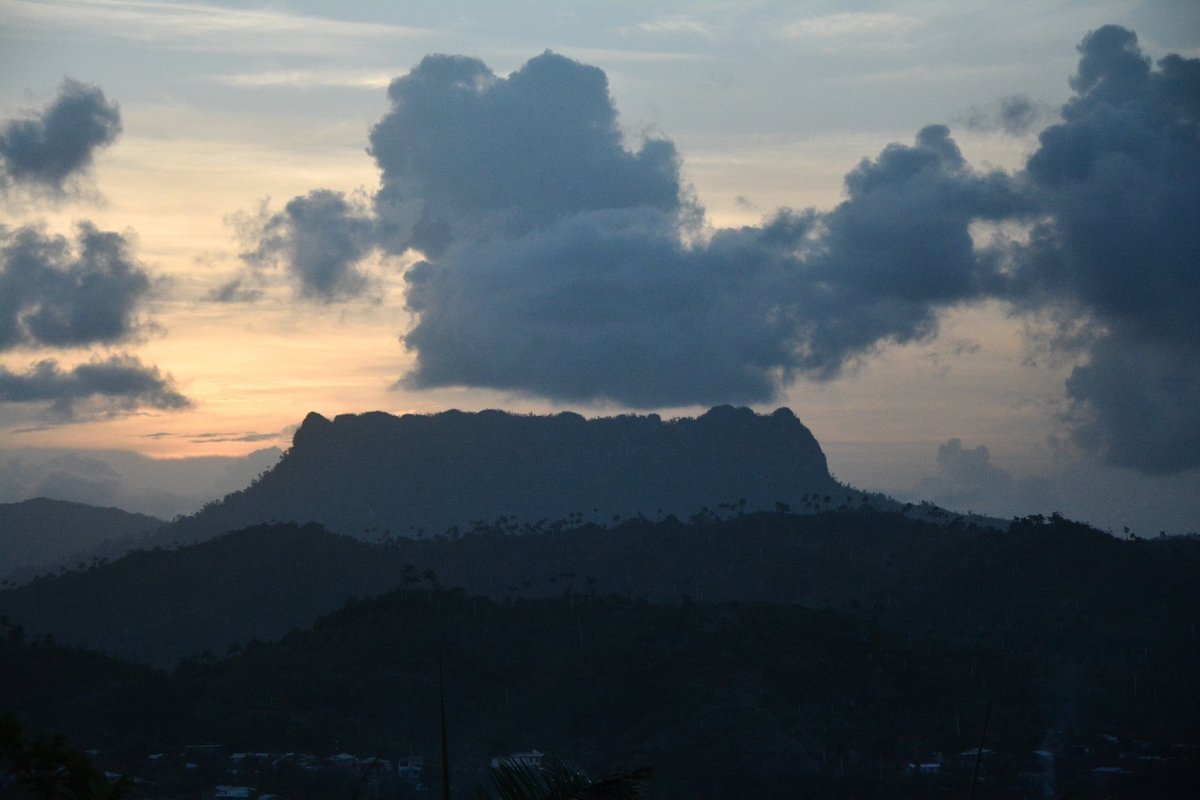
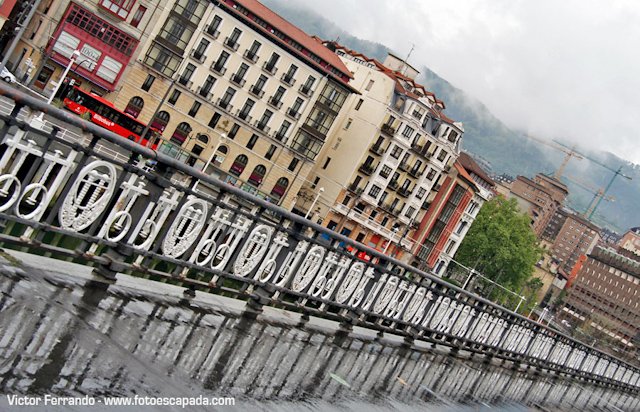
Take pictures from the first moment. Preparations for the trip are also part of it.
Take photos on the means of transport, including the plane. To do this, you will have to be attentive and request the seat in a window in which the wings of the plane do not obstruct your vision. Take advantage of this opportunity to take aerial photos.
In addition to the typical places, it also seeks to bring out daily customs and characters.
Photograph the people of the place… but first, ask them for permission, not only to take the photo but also if you plan to publish it or upload it to your social networks.

Include tourists and passers-by in your images, that will make them more attractive and moving.
If you photograph your fellow travelers in a space or in front of an important building or monument, take a short shot of your friends, half-body or closer. Otherwise, they’ll be so tiny that you won’t notice them in the picture.

Above all, try to do things with common sense, discretion, and education. When in doubt, always ask.
When you return from your trip, make a rigorous selection. Make the selection as if it were a projection, at 4 seconds per photo, you should be able to see the selected photos in 3 or 4 minutes maximum so you don’t bore your audience.
With information from https://www.blogdelfotografo.com and https://saltaconmigo.com
SOMOS – Photographs by Roberto Chile
- English
- Español
SOMOS
Photographs by Roberto Chile

A CubaNews translation.
Edited by Walter Lippmann.
On January 18, at 5:00 PM, the photographic exhibition SOMOS, by the visual artist Roberto Chile, will open at the Collage Habana Gallery of the Cuban Fund of Cultural Assets
From the representation of faces, symbols, rituals and offerings, perfectly captured by the insightful and timely viewpoint of the artist, we discover the mysticism and charm of an environment forbidden to many and that is exhibited here and now, as a photographic essay.
At the same time – in what constitutes one of the fundamental contributions of this exhibition – Chile shows us that imaginary bundle with which the slaves were brought to the Island: memories, dances, songs, languages, ceremonies, which, when interacting between yes and with the dominant culture, motivated the so-called religious expressions of African origin.
In the words of Rafael Acosta de Arriba, in his words to the catalog, “all the religious syncretism that these images reflect is based on the strength and relevance of the subjects who stage them, masterfully recorded by their eye”.
Somos, dedicated to the memory of Enriquito de La Hata, will remain open to the public until February 18, at the headquarters of the gallery, which is located on San Rafael, between the Consulado and Industria, Centro Habana, and may be visited at the usual hours.
SOMOS
Fotografías de Roberto Chile

La galería Collage Habana del Fondo Cubano de Bienes Culturales, inaugurará el 18 de enero de 2018, a las 5:00 p.m., la muestra fotográfica Somos, del artista visual Roberto Chile.
A partir de la representación de rostros, símbolos, rituales y ofrendas, perfectamente captados por la mirada perspicaz y oportuna del artista, se nos revela el misticismo y encanto de un ámbito vedado para muchos y que se exhibe aquí y ahora, cual ensayo fotográfico.
Al mismo tiempo – en lo que constituye uno de los aportes fundamentales de esta muestra – Chile nos asoma a ese fardo imaginario con el que los esclavos fueron acarreados a la Isla: memorias, bailes, cantos, lenguas, ceremonias, que, al interactuar entre sí y con la cultura dominante, motivaron las llamadas expresiones religiosas de origen africano.
Al decir de Rafael Acosta de Arriba en sus palabras al catálogo, “todo el sincretismo religioso que reflejan estas imágenes parte de la fuerza y relevancia que poseen los sujetos que las escenifican, registrados magistralmente por su ojo”.
Somos , dedicada a la memoria de Enriquito de La Hata, permanecerá abierta al público hasta el 18 de febrero, en la sede de la galería, que se ubica en San Rafael, entre Consulado e Industria, Centro Habana, y podrá ser visitada en los horarios habituales.
Things Aren’t Always What They Seem

Things Aren’t Always What They Seem: Use Perspective and Have Fun
How creative do you feel this month of August? We expect a lot, because for the appeal we make to you, you will need a good dose of imagination
Various Authors
August 7, 2017 10:02:14 CDT
Translated and edited by Walter Lippmann.
Hello photographers.
Together with the holiday spirit and summer, we want you to have fun while participating in our call for the month of August.
We propose that you use your imagination to change the perspective of the images you take and thus achieve a fantastic visual effect, so that the result is a fun trap. Surely you have already seen this kind of images: people holding the moon, being crushed by the tower of Piza, inside the jaws of a dinosaur, standing on a giant sand castle, etc.
To achieve this funny deception, you should only work with the position of the objects, animals or people that appear in the photo, sometimes overlapping them, others placing them in the exact position but playing with the distances.
Manipulate the perspective from which you can build these natural montages and enjoy while you do it.
This gallery is offered to you as a guide to the challenge.




Subscribe to Blog via Email
| M | T | W | T | F | S | S |
|---|---|---|---|---|---|---|
| 1 | 2 | 3 | 4 | 5 | 6 | 7 |
| 8 | 9 | 10 | 11 | 12 | 13 | 14 |
| 15 | 16 | 17 | 18 | 19 | 20 | 21 |
| 22 | 23 | 24 | 25 | 26 | 27 | 28 |
| 29 | 30 | 31 | ||||





You must be logged in to post a comment.